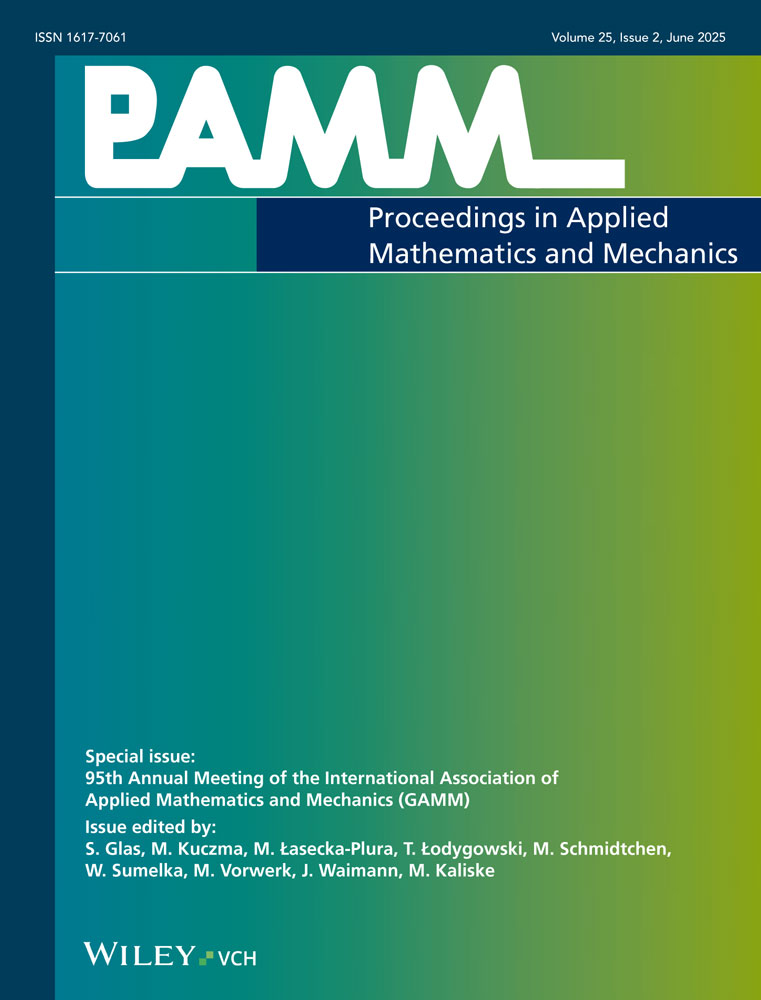Remarks on coupled multi-scale simulations and high performance computation
Abstract
To describe material behaviour more precisely than nowadays, tomorrows simulation software will include multi-scale homogenisation techniques. State of the art are various scale bridging strategies, like FE-ODE, FE-Phasefield or FE2-Method. We are dealing with the FE2-Method, see [3], [4], which gives us the possibility to take the geometric, discrete micro-structure of a material into account. Furthermore, it allows to integrate enhanced continuum mechanical models. Here, we are researching on two-scale approach with poro-mechanical coupling based on the Theory of Porous Media (TPM), for more details see [1] or [2]. The framework is demanding and need a lot of computational effort. In order to receive industrial recognition, it is necessary to decrease the computation runtime. One way to go is definitely using high performance cluster. (© 2016 Wiley-VCH Verlag GmbH & Co. KGaA, Weinheim)




